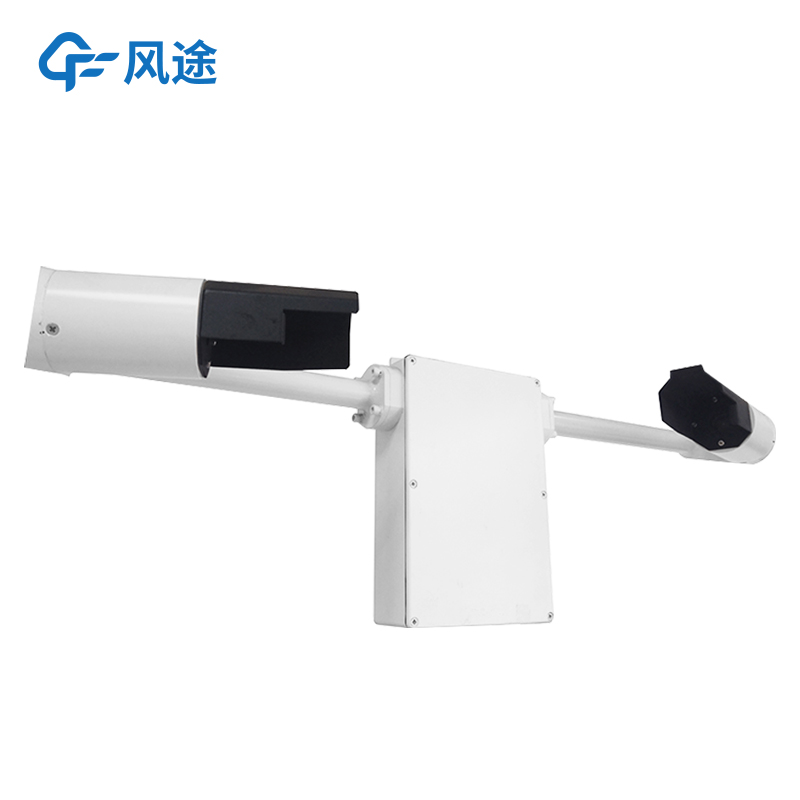Shandong Fengtu IOT Technology Co., Ltd
Sales Manager:Ms. Emily Wang
Cel,Whatsapp,Wechat:+86 15898932201
Email:info@fengtutec.com
Add:No. 155 Optoelectronic Industry Accelerator, Gaoxin District, Weifang, Shandong, China

Sales Manager:Ms. Emily Wang
Cel,Whatsapp,Wechat:+86 15898932201
Email:info@fengtutec.com
Add:No. 155 Optoelectronic Industry Accelerator, Gaoxin District, Weifang, Shandong, China
time:2025-09-16 09:44:57 source:Weather Station viewed:172 time
Atmospheric visibility refers to the maximum horizontal ground distance at which a person with normal vision can clearly see the outline of a target under current weather conditions. As a crucial basis for judging atmospheric environmental conditions, it directly influences our assessments of atmospheric transparency and pollutant distribution. Whether in meteorological monitoring, environmental evaluation, or other scenarios requiring clear visibility, accurate visibility data is indispensable for obtaining precise results. The Atmospheric Visibility Sensor is a device specifically designed to collect such data. With stable performance and reliable measurement results, it has now become the primary tool for acquiring visibility data.
Let’s further explore its working principle. The structural design of this measuring instrument is entirely oriented toward more accurate visibility detection. It is equipped with a stable-performance light-emitting device and a highly sensitive light-receiving device, operating on the principle of 35° forward scattering. When the instrument is in operation, the light-emitting device emits infrared light of a specific wavelength stably at a fixed frequency and intensity. As this infrared light propagates in the air, it passes through a pre-defined fixed-volume air region within the instrument—this region is strictly calibrated to truly reflect the surrounding air conditions.
When the infrared light travels through this region, if it encounters suspended particles in the air (such as dust, pollen), aerosol particles (like fine particles from industrial emissions), or substances such as fog droplets and raindrops, it interacts with them, causing a scattering phenomenon: the infrared light that originally travels in a straight line changes direction and becomes scattered light. Subsequently, the light-receiving device, which forms a 35° angle with the light-emitting device, accurately captures this scattered infrared light. The high-precision detection system inside the instrument analyzes and calculates the intensity of the received scattered light in real time. Through a pre-set algorithm model, it correlates the scattered light intensity with the visibility distance: generally, the stronger the scattered light, the more particles there are in the air, the less transparent the atmosphere, and the shorter the visibility distance; conversely, the longer the visibility distance. Ultimately, the actual current visibility distance can be accurately calculated.
In addition, this instrument is capable of continuous visibility measurement and real-time result output, eliminating the intermittency of manual measurement and avoiding deviations caused by human judgment.

The automatic monitoring station of ambient air quality can conduct real-time online monitoring of pollution factors in the air, and can provide data feedback through a large screen or display data through the user data statistics port. The monitoring items include the four gases and two dusts inclu...
The Mechanical weather station is called "fixed" because this type of equipment is usually installed at specific locations, such as meteorological observation fields, airports, ports, high mountains, or remote areas, and will be permanently fixed at that position for meteorological observa...
Agricultural Environment Monitoring System is a field environmental monitoring equipment composed of five parts: meteorological sensors, data collector, solar power supply system, pole support, and cloud platform. This system features easy installation and rapid deployment, automatically collecting and remotely transmitting environmental data such as temperature and humidity. It is widely used in agriculture, forestry, and scientific research....
The comprehensive instrument for measuring temperature, humidity and wind speed is Fengtu's handheld weather station, FT-SQ5A, which measures wind speed, wind direction, air temperature, humidity, atmospheric pressure, wind speed, wind direction, altitude (optional) and other elements based on t...